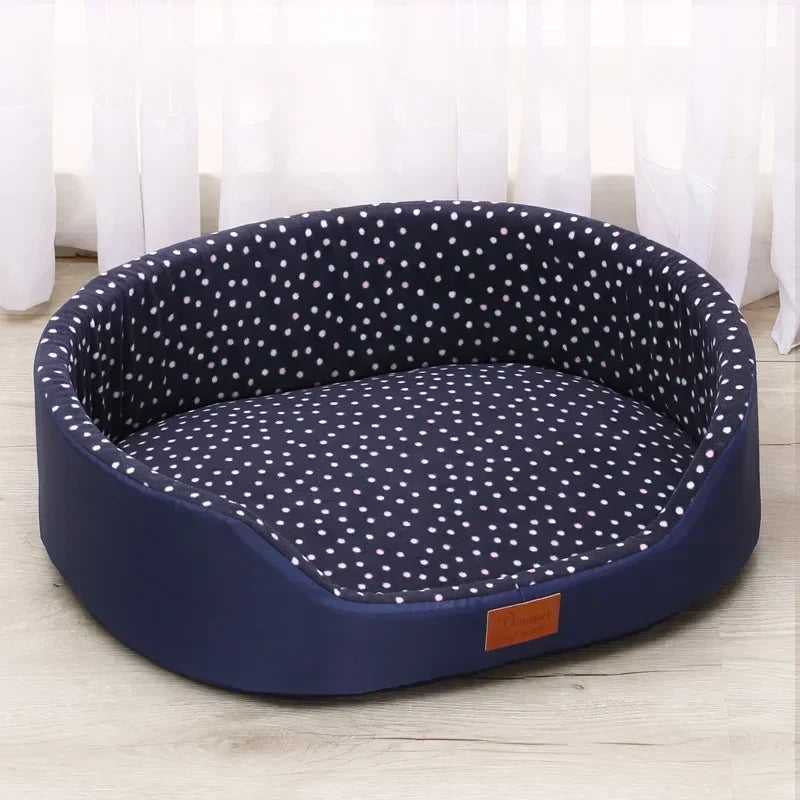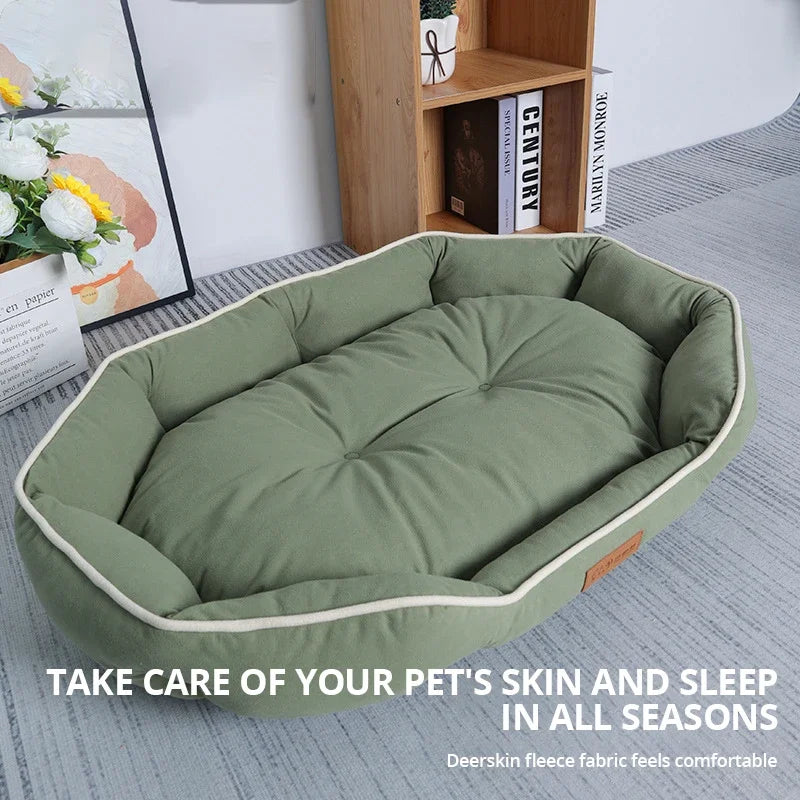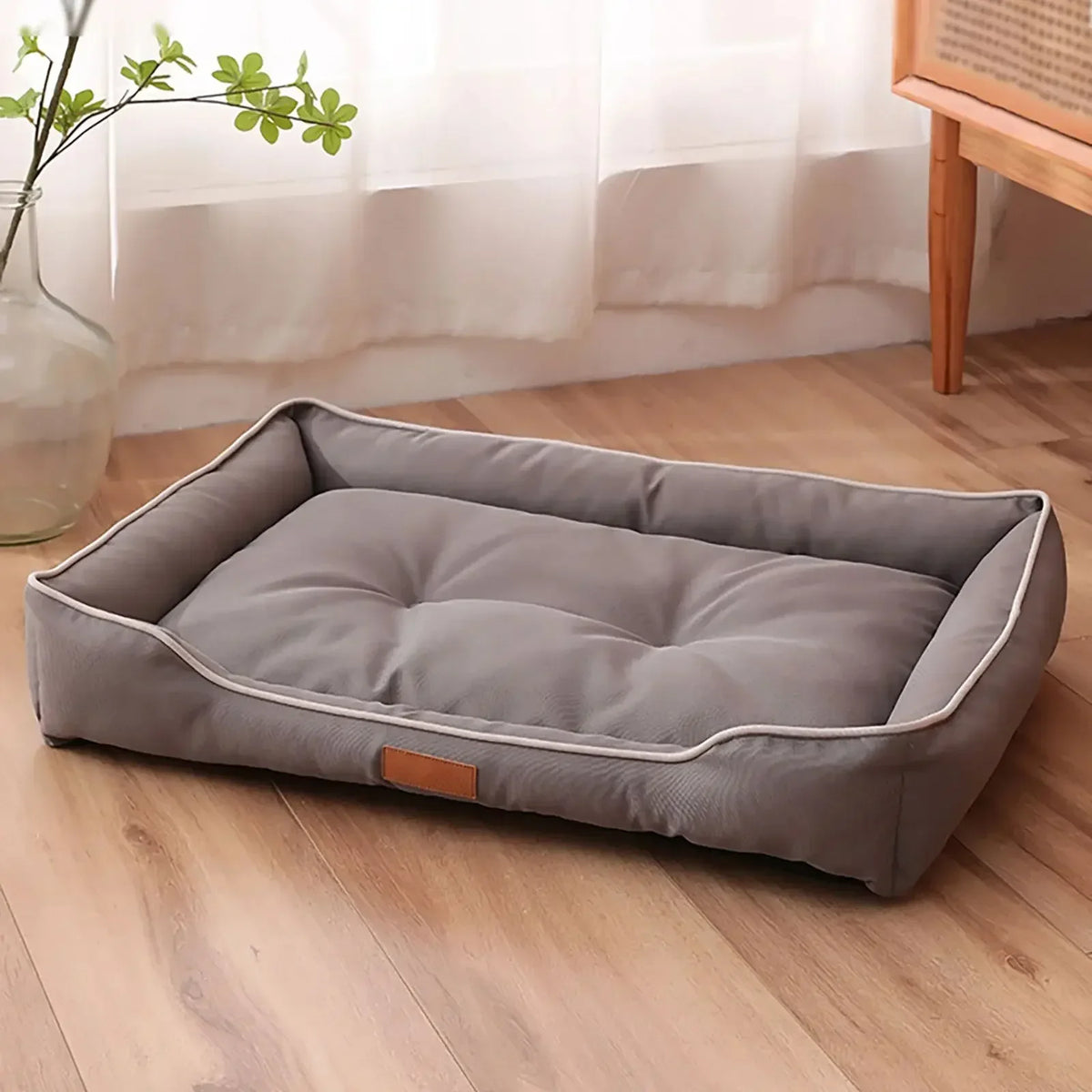Let's be honest, there are few things more worrying for a dog owner than hearing that low, rumbling growl when you get near their food bowl. Your loving companion suddenly looks like a different animal, and it can be confusing and scary.
This behaviour is known as resource guarding or food aggression, and it's one of the most common issues we see. The good news is, it's almost always fixable. But to fix it, you first need to understand it, and you absolutely must approach it safely.
Forget the old-school talk about "dominance" – that's not what this is about. Let's get into the real reasons behind it and the practical steps to building a safer, happier mealtime.
Why Is My Dog Guarding Their Food?
Your dog isn't trying to be the "alpha" or the boss of you. Resource guarding is driven by one simple, powerful emotion: fear. It's an anxiety-based behaviour that boils down to a few key things:
* Primal Instinct: In the wild, if you don't guard your food, you starve. It's a deep-seated survival instinct to protect a valuable resource.
* Past Experiences: This is especially common in rescue dogs. If they've had to compete for food in a large litter, or have experienced hunger as a stray, they're hardwired to believe they need to defend every single meal.
* It Has Worked Before: If your dog growled once and you (or another dog) backed away, they learned a valuable lesson: "When I make this noise, the scary thing leaves my food alone."
The Golden Rules: What NOT to Do
Before we get to the solution, let's cover the things you must never do. Getting this wrong can make the problem much worse and far more dangerous.
* NEVER Punish the Growl: A growl is communication. It's your dog's way of saying, "I am incredibly uncomfortable with this situation, please back off." If you punish the growl, you don't fix the discomfort; you just teach your dog not to give a warning next time. This is how you create a dog that bites "out of nowhere."
* NEVER Just Take the Bowl Away: This just confirms their biggest fear – that you are a threat who is there to steal their food. It will only increase their anxiety and aggression next time.
* NEVER Let Children Near a Dog That Guards Food: This is a non-negotiable safety rule. Children can't read a dog's body language and are most at risk of being bitten. Manage the environment strictly to ensure they are always separate during mealtimes.
The Step-by-Step Plan to Build Trust
Our goal isn't to "correct" the dog; it's to change their entire emotional response to your presence around their food. We want them to go from thinking, "Oh no, he's here to take my food" to "Brilliant, he's here to make my food even better!"
This requires patience. You work at your dog's pace.
Step 1: The "Trade-Up" Game
Start this away from mealtimes. Give your dog a decent chew or toy. Let them get into it, then approach with something amazing (like a piece of warm chicken or sausage). Offer them the amazing treat. To take it, they'll have to drop the other item. The moment they do, give them the treat and let them have their original chew back.
* The Lesson: "My human approaching me doesn't mean I lose things; it means I get something even better!"
Step 2: The Walk-By Treat-Toss
When your dog is eating their normal meal, walk past their bowl at a distance they are comfortable with (i.e., a distance where they don't growl). As you walk past, toss a super high-value treat near their bowl without stopping or making a fuss. Just toss and go. Do this a few times during every meal.
* The Lesson: "You walking past my bowl predicts that amazing treats will magically appear. Your presence is a good thing."
Step 3: The Approach and Drop
Once your dog is totally relaxed with the walk-by, you can slowly start getting closer. Walk towards the bowl, drop a high-value treat right next to it, and immediately turn and walk away. Don't linger. Don't try to touch the bowl. Just approach, drop, leave.
* The Lesson: "You getting right up to my bowl is even better! It means the best treats are coming."
When to Call in a Professional
This guide is for mild cases of food guarding. You need to be honest and realistic. If at any point you feel scared, or if the dog's behaviour includes snapping, lunging, or biting, you need to stop immediately.
Get professional help from a certified clinical animal behaviourist if:
* The aggression is severe.
* The dog has ever bitten or snapped.
* There are children in the home.
A professional can provide a hands-on, tailored plan for your specific situation, ensuring everyone's safety.
Patience is Everything
Fixing food aggression is all about rebuilding trust. It’s a marathon, not a sprint. By replacing your dog's fear with positive associations, you can transform mealtimes from a tense standoff into another happy part of your day together.
You've got this!




